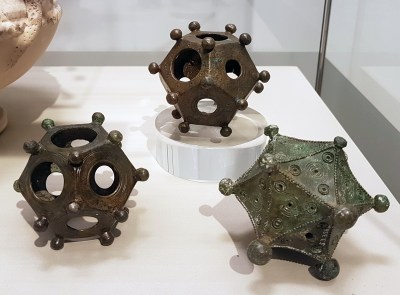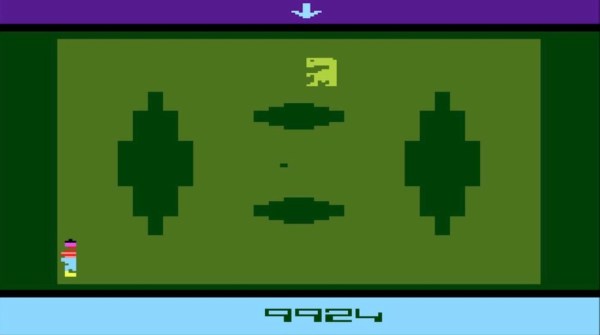In the year 79 CE, a massive cloud of volcanic ash rained down on the Roman city of Herculaneum after an eruption of Mount Vesuvius. Along with the city of Pompeii, Herculaneum was subsequently engulfed and buried by a pyroclastic flow that burned everything in its path, including the scrolls in the library of what today is known as the Villa of the Papyri. After the charred but still recognizable scrolls were found in the 18th century, many fruitless attempts were made to recover the text hidden within these charred ruins, but not until 2023 did we get our first full glimpse at their contents, along with the awarding of the Vesuvius Challenge 2023.
We previously covered the run-up to this award, but with only a small fraction of the scrolls now read, there’s still a long way to go. This leads to the 2024 prize challenge, which sees teams strive to read 90% of scrolls 1-4 each, for a $100,000 award. The expectation is that with this ability, it should be possible to read all 800 scrolls known today, but as detailed in the Master Plan there is still more to come. Being able to scan and process scrolls faster and more efficiently is one of the biggest challenges, as is that of recovering any more scrolls that may be stuck in the mud at the Villa of the Papyri. As easy as it may sound to pull stuff out of the mud, archaeological excavations are expensive and time-consuming.
With time running out on how long both the recovered and still lost scrolls will last, it’s pertinent that we do not lose this opportunity to double our knowledge of historical texts from this era.














